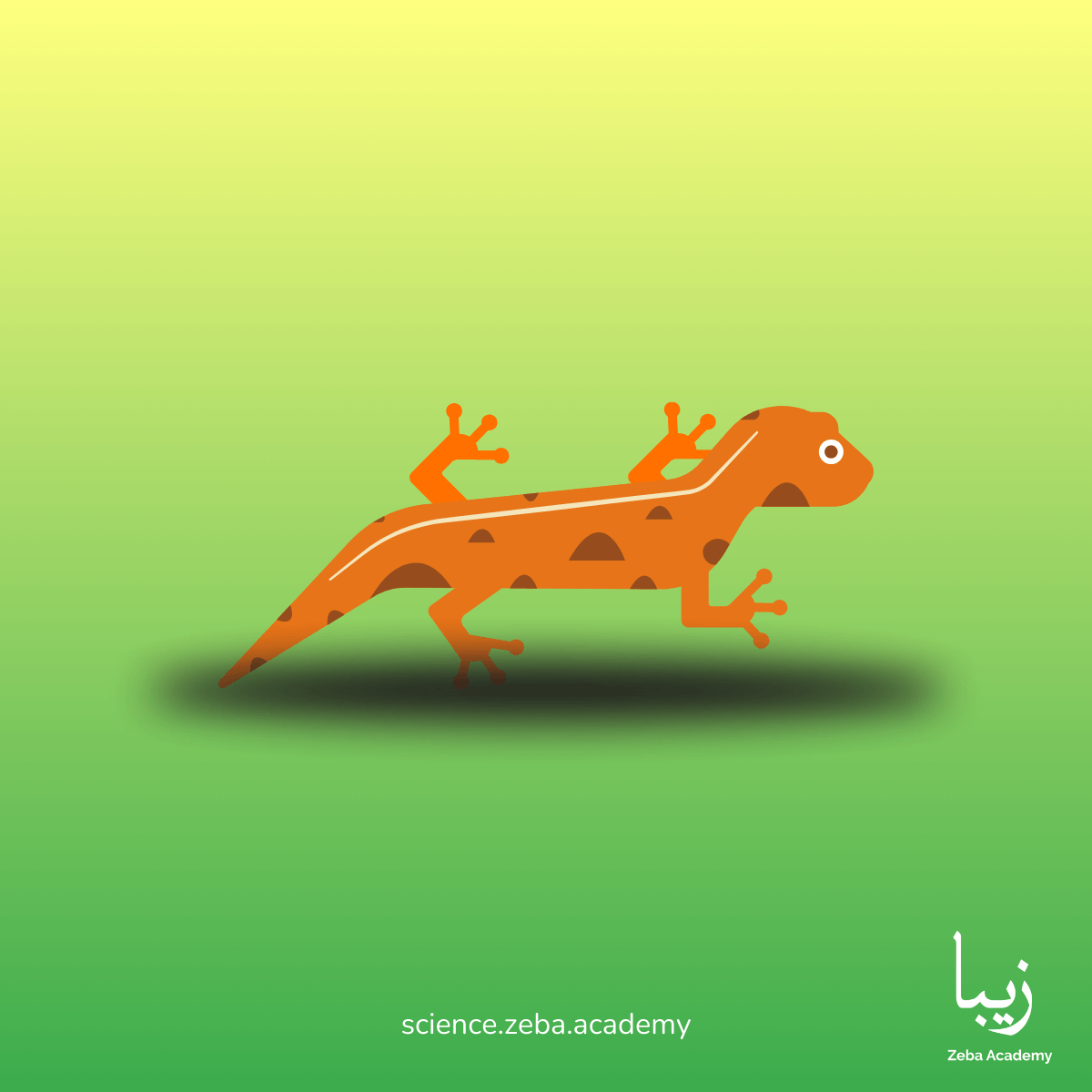The Role of Keystone Species: How Certain Animals Shape and Support Entire Ecosystems
In the intricate tapestry of life, certain species play an outsized role in maintaining the balance and functionality of ecosystems. These species, termed “keystone species,” have a disproportionate impact on their environment relative to their abundance or biomass.
Understanding the concept of keystone species is crucial for comprehending the dynamics of ecosystems and the cascading effects of their presence or absence.
The Concept of Keystone Species
The term “keystone species” was first coined by ecologist Robert T. Paine in 1969 to describe certain species in an ecosystem that, despite their low abundance, have a significant influence on community structure and function. Keystone species exert their influence through a variety of mechanisms, often involving predation, habitat modification, or resource distribution.
Characteristics of keystone species include their ability to regulate the populations of other species within their ecosystem, influence the physical environment, and promote species diversity. Importantly, keystone species are not necessarily apex predators; they can be any organism whose removal would cause a dramatic shift in the ecosystem.
Examples of keystone species abound across different ecosystems. In marine environments, the sea otter (Enhydra lutris) serves as a classic example. Sea otters prey on sea urchins, which in turn graze on kelp forests. Without sea otters, sea urchin populations can explode, leading to the decimation of kelp forests and subsequent loss of habitat for numerous marine species.
Similarly, the gray wolf (Canis lupus) is a keystone species in terrestrial ecosystems such as North American forests. Wolves regulate prey populations, such as deer and elk, preventing overgrazing and promoting vegetation growth. Their presence also indirectly benefits scavengers and smaller predators by providing carrion and reducing competition [1].
Ecological Impact of Keystone Species
The ecological impact of keystone species extends far beyond their immediate interactions with other organisms. By regulating species diversity, keystone species help maintain the delicate balance of ecosystems. For example, in intertidal ecosystems, the ochre sea star (Pisaster ochraceus) preys on mussels, allowing other species to thrive in the diverse habitat created by the absence of dominant mussel beds.
Furthermore, keystone species influence ecosystem structure and function through top-down or bottom-up mechanisms. Top-down regulation occurs when predators control the abundance of herbivores, which in turn affects plant populations and ultimately shapes the entire ecosystem. In contrast, bottom-up regulation involves the control of primary producers by factors such as nutrient availability, which then cascades up the food chain.
The presence of keystone species contributes to the stability and resilience of ecosystems by preventing the dominance of any single species and maintaining a balance of ecological processes. In Yellowstone National Park, the reintroduction of gray wolves in the 1990s resulted in a trophic cascade, leading to increased biodiversity, improved vegetation health, and even changes in river dynamics as a result of reduced herbivore grazing pressure.
Keystone species play a critical role in shaping and supporting entire ecosystems. Through their influence on species diversity, ecosystem structure, and ecological processes, these species are the linchpins that hold ecosystems together. Understanding and conserving keystone species is essential for maintaining the health and functionality of natural systems in the face of increasing human impacts [2].
Case Studies: Keystone Species in Action
Keystone species, with their disproportionate influence on ecosystems, have been the subject of intensive study across various habitats. Through case studies, we can delve deeper into the specific roles these species play and the profound impacts they have on their environments.
Coral Reefs: The Role of Parrotfish
Coral reefs, vibrant underwater ecosystems, teem with life and color, earning them the moniker “rainforests of the sea.” Within this bustling underwater world, parrotfish take center stage as essential actors. These colorful fish play a critical role in maintaining the delicate balance of coral reef ecosystems. Their main job? Munching on algae that compete with corals for space to grow. By chomping away at the algae, parrotfish prevent it from overgrowing and smothering the corals. This constant grazing helps corals thrive by ensuring they have enough room to spread out and grow, contributing to the health and resilience of the entire reef.
Parrotfish are like the gardeners of the coral reef, tirelessly tending to the underwater landscape. Their diligent browsing not only keeps the algae in check but also promotes coral growth. Without parrotfish to keep algae populations in check, corals would struggle to compete for space, leading to declines in coral cover and overall reef health. In this way, parrotfish play a crucial role in maintaining the balance between corals and algae, ensuring the long-term survival of coral reef ecosystems.
Forest Ecosystems: The Significance of Wolves
In North American forests, especially in Yellowstone National Park, something big happened in the 1990s: gray wolves returned after being absent for decades. This homecoming set off a chain reaction of changes in the ecosystem. Wolves are like the kings of the forest—they’re at the top of the food chain, which means they have a big say in what happens below them. One of their main jobs is keeping the numbers of plant-eating animals, like elk and deer, in check. When there are too many of these herbivores around, they munch on lots of plants, which can throw the whole forest out of balance.
But when wolves come back and start hunting herbivores, things change. With fewer elk and deer around, plants get a bit of a break—they’re not getting nibbled on as much. This gives trees and other plants a chance to grow and spread out more. And when plants do better, it’s like a welcome mat for all sorts of other animals, from birds to bugs. More types of plants and animals mean more biodiversity, which is a sign of a healthy forest. So, by keeping the numbers of herbivores in check, wolves indirectly help make the forest stronger and more diverse. This ripple effect through the ecosystem, where one change leads to another, is called a trophic cascade. It’s like a domino effect, and it shows just how important wolves are as keystone species in shaping how forests work.
Grasslands: The Impact of Prairie Dogs
Prairie dogs might seem like just another rodent scurrying around the grasslands, but they’re actually pretty important players in the ecosystem. These little critters are what scientists call “keystone species” in grassland areas. Why? Well, it turns out that prairie dogs are expert diggers. Their burrows create cozy homes for all sorts of other animals, like reptiles, insects, and small mammals. These burrows provide shelter from predators and harsh weather, making life a lot easier for these critters.
But that’s not all prairie dogs do. They’re also big fans of snacking on grass. Their munching helps shape which types of plants grow in the grasslands and how nutrients move through the ecosystem. By chomping on grass, they influence plant diversity and the cycling of important nutrients like nitrogen and phosphorus. So, even though they might seem small and unassuming, prairie dogs have a big impact on how grassland ecosystems function. They remind us that every species, no matter how small, plays a crucial role in keeping ecosystems healthy and balanced [1].
Human Influence and Keystone Species
While keystone species play crucial roles in maintaining ecosystem health, human activities pose significant threats to their survival. Anthropogenic factors such as habitat destruction, pollution, overexploitation, and climate change have led to declines in keystone species populations worldwide, with profound consequences for ecosystems.
Threats to Keystone Species
When people start building roads, cities, and farms in places where animals used to roam freely, it causes big problems for keystone species. This is called habitat loss, and it means that animals lose their homes and the places where they find food and shelter. Sometimes, the habitats that are left get broken up into small pieces, like islands in a sea of human activity. This is called habitat fragmentation, and it makes it hard for animals to move around and find what they need to survive.
Humans don’t just take away habitats—they also hunt and fish a lot. Sometimes, they take more animals than can be replaced, which is called overexploitation. This is a big issue for keystone species because they often play crucial roles in their ecosystems, and if too many of them are taken away, the whole balance can get messed up. Even the pet trade can be a problem, as some animals are taken from the wild to be sold as pets, which can harm their populations. On top of all this, pollution from things like chemicals and trash in the environment can make life tough for keystone species. Whether it’s chemicals in the water or garbage floating in the ocean, pollution can harm or even kill animals that are vital for keeping ecosystems healthy.
Consequences of Decline or Extinction
When keystone species disappear from an ecosystem, it’s like pulling out a key piece from a puzzle—things start to fall apart. Take wolves, for example. Without them around to keep prey animals like deer and elk in check, those prey populations can explode. When there are too many deer and elk, they eat a lot of plants, which can lead to overgrazing and damage to the habitat. This can make it hard for other animals to find food and shelter, creating a ripple effect throughout the ecosystem.
Another example is bees, which are important pollinators. They help plants reproduce by carrying pollen from one flower to another. But if bees disappear, plants can’t make seeds, which means they can’t reproduce. This can cause big problems for other animals that rely on those plants for food and shelter. Without bees and the plants they pollinate, the whole balance of the ecosystem can be thrown off, putting other species at risk. So, when keystone species vanish, it can set off a chain reaction of ecological imbalances that can harm biodiversity and the overall health of the ecosystem.
Conservation Efforts and Success Stories
Recognizing the importance of keystone species, conservation efforts have been initiated to protect and restore populations of these critical organisms. From habitat restoration and protected area designation to captive breeding and reintroduction programs, a range of strategies are employed to safeguard keystone species and their habitats. Success stories, such as the recovery of bald eagle populations following the banning of DDT and the restoration of gray wolf populations in Yellowstone, demonstrate the effectiveness of concerted conservation efforts.
Keystone species are essential linchpins in the intricate web of life, shaping and supporting entire ecosystems. Through case studies and an understanding of human influence, we recognize both the significance of these species and the urgent need for their conservation. By safeguarding keystone species, we not only protect biodiversity but also ensure the resilience and sustainability of our planet’s ecosystems [3].
Future Perspectives
As we look ahead, the conservation and management of keystone species present both challenges and opportunities for preserving the integrity and functionality of ecosystems. Future perspectives on keystone species encompass ongoing research, innovative conservation strategies, and the recognition of their importance in a rapidly changing world.
Importance of Continued Research on Keystone Species
Advances in technology and scientific understanding offer unprecedented opportunities to delve deeper into the ecology of keystone species. Molecular techniques, such as DNA analysis, enable researchers to study population dynamics, genetic diversity, and species interactions with greater precision. Long-term monitoring programs provide valuable insights into the responses of keystone species to environmental changes, informing conservation strategies and management decisions. Additionally, interdisciplinary approaches that integrate ecological, physiological, and socio-economic perspectives enhance our understanding of the complex relationships between keystone species and their habitats [1].
Potential Implications for Ecosystem Management and Restoration
The conservation of keystone species holds promise for ecosystem management and restoration efforts worldwide. By prioritizing the protection of keystone species and their habitats, policymakers and conservation practitioners can promote the resilience and adaptive capacity of ecosystems in the face of global environmental challenges. Ecosystem-based approaches that recognize the interconnectedness of species and habitats offer a holistic framework for sustainable management and restoration initiatives. Furthermore, the restoration of keystone species, such as apex predators or ecosystem engineers, can catalyze ecosystem recovery and enhance biodiversity conservation.
Challenges and Opportunities for Protecting Keystone Species
Despite the recognition of their importance, keystone species continue to face numerous threats, including habitat loss, fragmentation, overexploitation, pollution, and climate change. Addressing these challenges requires concerted efforts at local, regional, and global scales, involving collaboration among governments, conservation organizations, local communities, and stakeholders. Innovative conservation strategies, such as habitat restoration, conservation corridors, and community-based conservation initiatives, offer opportunities to mitigate the impacts of human activities on keystone species and their habitats. Moreover, raising awareness and fostering stewardship among the public are essential for building support for conservation actions and promoting coexistence between humans and keystone species [3].
Conclusion
Keystone species are the architects of ecosystems, shaping and supporting the intricate web of life that sustains our planet. From coral reefs to forests and grasslands, these vital organisms play irreplaceable roles in maintaining biodiversity, ecosystem function, and resilience. As we navigate the complexities of the Anthropocene, the conservation and management of keystone species are paramount for ensuring the health and sustainability of ecosystems for future generations.
By investing in research, implementing innovative conservation strategies, and addressing the underlying drivers of biodiversity loss, we can protect and restore keystone species and their habitats. In doing so, we not only safeguard the integrity of ecosystems but also secure the myriad benefits they provide, from clean air and water to climate regulation and cultural values. Ultimately, the conservation of keystone species is a testament to our commitment to preserving the richness and diversity of life on Earth.
References
- Paine, R. T. (1969). A Note on Trophic Complexity and Community Stability.
- Estes, J. A., & Palmisano, J. F. (1974). Sea Otters: Their Role in Structuring Nearshore Communities.
- Ripple, W. J., & Beschta, R. L. (2012). Trophic cascades in Yellowstone: The first 15 years after wolf reintroduction.


